The popularity of Beatnik rod’s demonstrated a public interest in hot rods that spilled well beyond the shores of the disgruntled teens.
Additionally, those teenagers of the 1950’s and 1960’s were getting older, getting jobs, and getting less rebellious. One of the first generations to really enjoy the virtually unbridled prosperity of the post-WWII era, the Baby Boomers, as they are now known, may have traded their jeans and undershirts for suits, but never lost their wayward spirit. The heady days of their youth, when time was limitless and money was tight had given way to the opposite situation as they entered their 40’s and 50’s in the 1980’s and 1990’s. Nostalgic urges and dreams of days gone by prompted many Boomers to want to relive their glory days (both real and imagined), and the automobile was one route that they could take to do this.
It was out of this cauldron that a new type of hot rod was born. Wanting to revisit their past, many guys that had once built or lusted after hot rods as teens could now afford to pay for someone else to build one for them. No longer constrained by the limitations of meager fund or extra help, Boomers of means were willing to pay for the ride of their dreams to be built. These radical new rides were still extreme and individual, but were somewhat tempered with the age of the clientele. No longer willing to deal with the sacrifices of a home built car, these new ‘hot rodders’ wanted a noticeable ride, with all the attributes of a true hot rod, but built to incredibly high standards. The Ultra Rod was born.
The idea of a very stylish hot rod, built to impeccable standards, and designed to standout was largely the provenance of the Barris Brothers, Sam and George Barris. The two were born in Chicago but later moved to Southern California as children. After Sam’s tour of duty in the US Navy, they opened the shop and created the first ‘Kustom Cars,’ and early prelude to Ultra Rods of today. Together, they created the first truly modern 1951 Hirohata Merc, based on a 1951 Mercury Coupe. Still an icon today, the car started a series of Barris customs that would set the trend for top notch hot rods.
Following the Barris’ lead, other young designers began to get into the business of building hot rods. Boyd Coddington, a machinist from Idaho began building hot rods in the late 1970’s. His memorable creations like masterpiece CadZZila helped kickstart the career of other young designers like Chip Foose.
Foose, a Southern California design student, worked part-time for Boyd after graduating from the Art Center College of Design and later ended up running Boyd’s company. Foose’s unique hot rod’s represented a decidedly modern look at a classic concept. He based his cars on the designs of everything from old Fords and Chevys to European classics such as Delahayes and even 1960’s muscle cars. His company not only builds cars but also merchandises everything from clothes to models, much like his predecessor Ed Roth. These and other designers pushed forward the style of the Ultra Rod.
As with anything, when you hire someone else to do the work, it doesn’t come cheap. The high cost of parts and labor meant even the most basic rod could cost a minimum of $50,000 and the most expensive rods could peter out at half a million dollars. The rebellious nature originally associated with hot rods was still strong, and it was cemented by the wide spread appearance of hot rods in the music and videos of rockers such as Sammy Hagar, ZZ Top, and other popular bands.
Today, the super-premium hot rod market is thriving and permeates popular culture in TV and movies. A lot of traditionalists scoff at the phenomenon, mostly because it side-steps what many consider to be the most important part of the car, the fact that the owner built it, but no one can deny the convenience of it or the importance of the Ultra Rod to the modern popularity of the hot rod.
In the video below you can see two hot rods designed by Chip Foose: overhauled into 2-door 1935 Chevy Master Deluxe Sedan aka “Grand Master”, and 1954 Chevrolet Bel Air aka “Cool Air”.

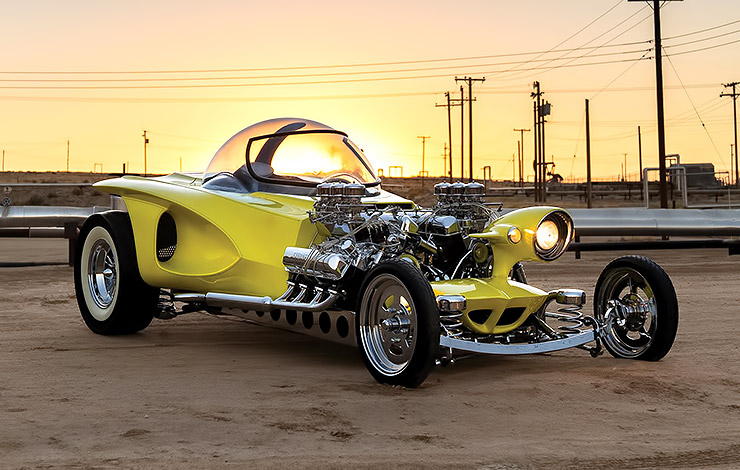
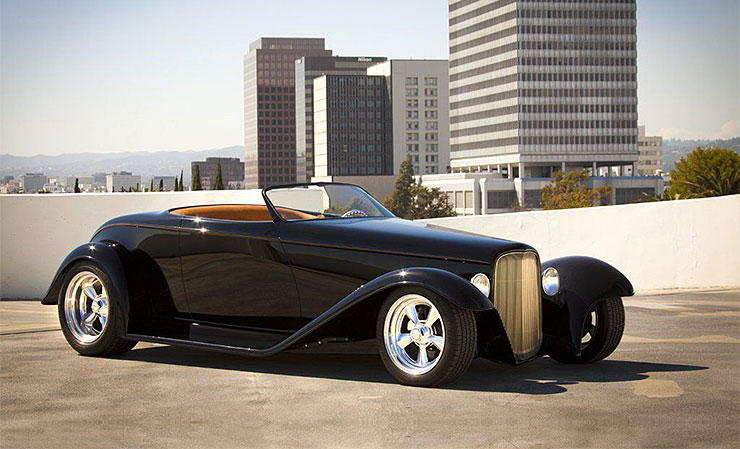
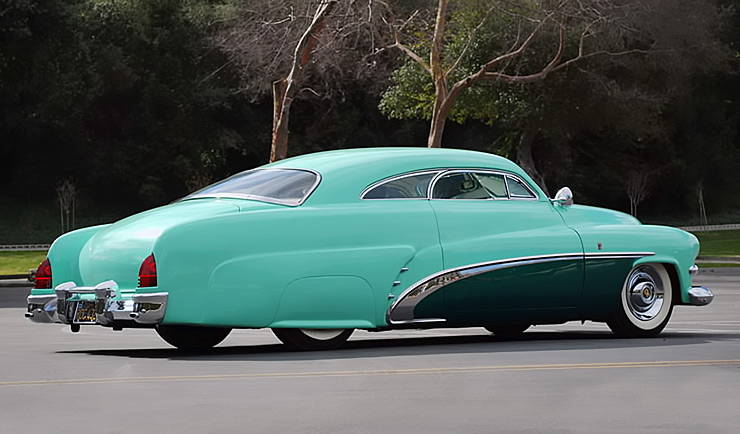
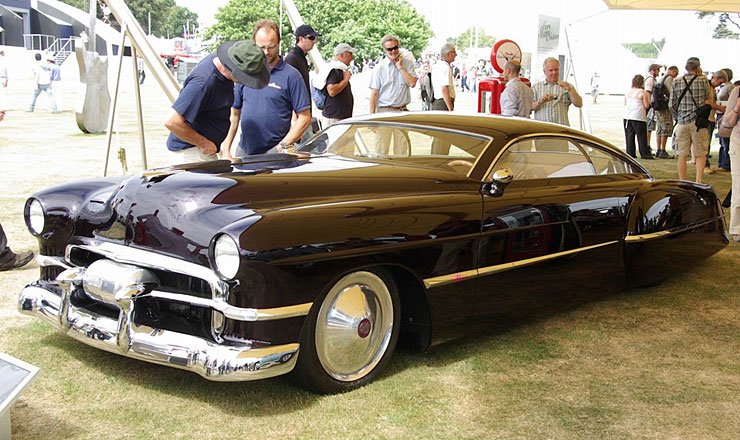
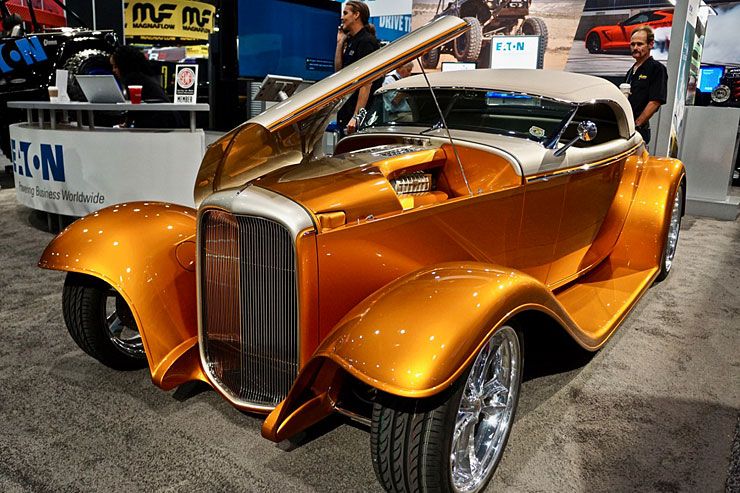



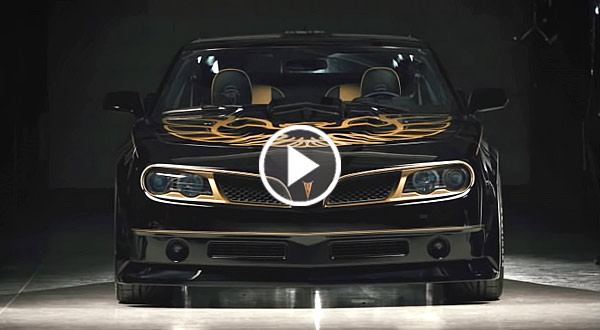

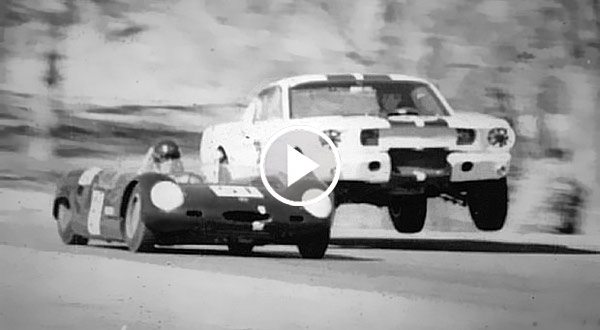





Facebook Comments